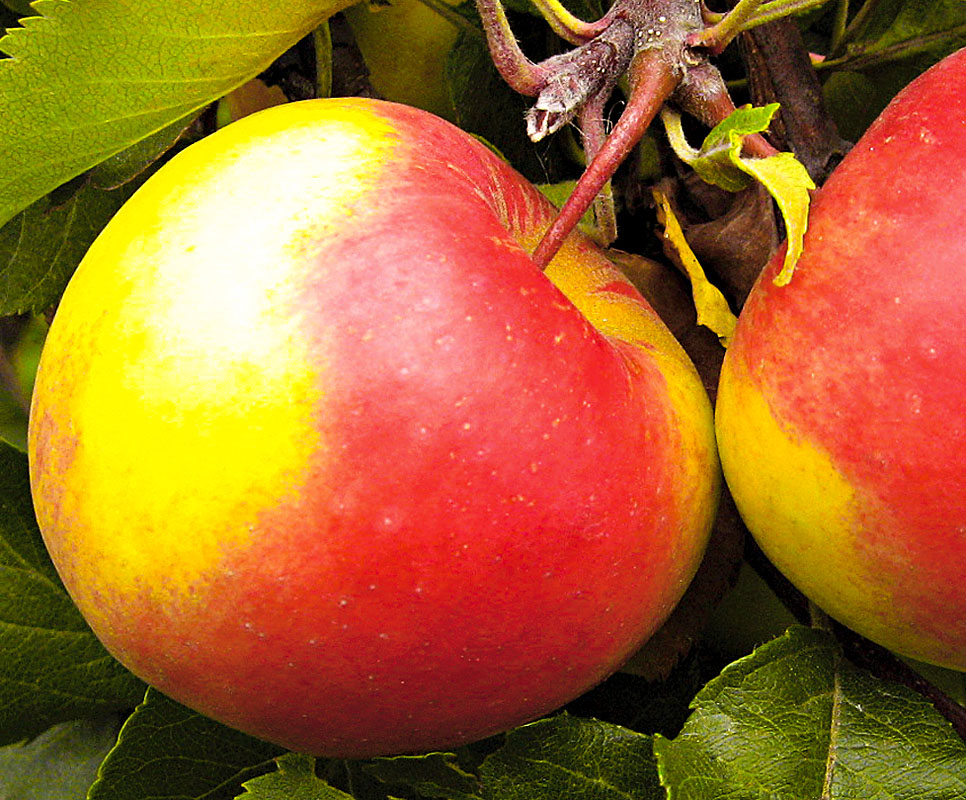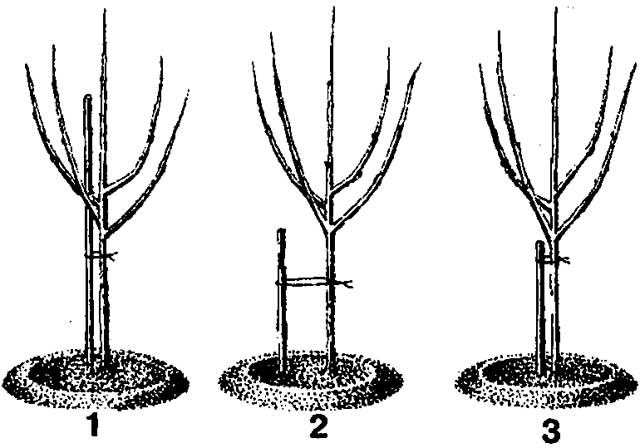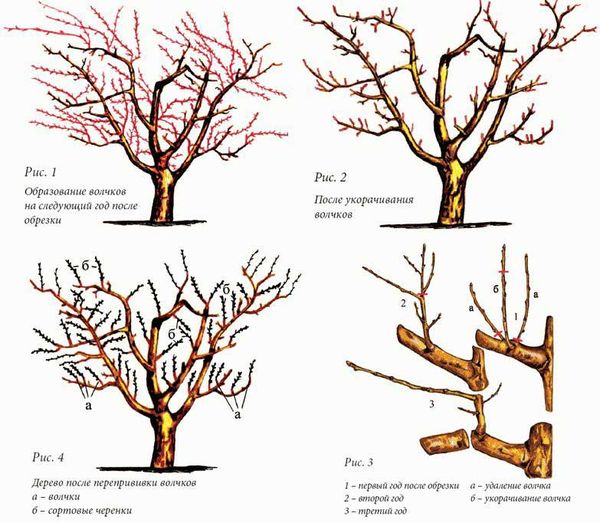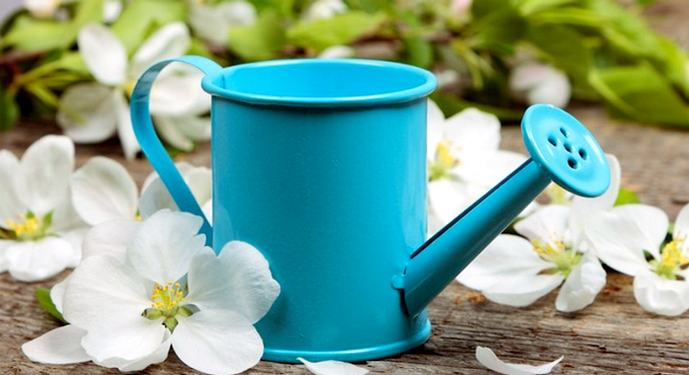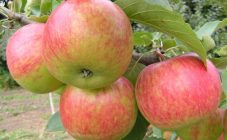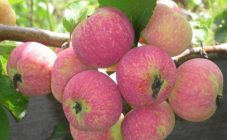Content:
It is hard to imagine a home garden that does not have apple trees. It is a crop whose fruits can be successfully used for the production of juice, preserves, marmalades and jelly. Apples are often canned. One of the best varieties that can be used for all of the above purposes is the Good News apple tree.
Description of the apple tree Good news
Distinctive features of this apple variety are resistance to low temperatures and yield. The height of trees can reach 4 or more m. The crown of the apple tree has an almost round shape, which makes it particularly attractive. The bark is dark brown. The leaves are small, with slightly pointed edges. By the end of spring, their color may change, acquiring a pink tint.
Trees enter the fruiting period no earlier than 4 years after planting in open ground.
One apple can weigh approximately 90 - 100 g. The crop ripens together. The apples are characterized by a round shape and purple hue, juicy pulp, uniform structure and sour taste.
Up to 8 apples can form on one branch. One adult tree can harvest from 20 to 30 kg of apples.
This variety is able to tolerate drought well, but does not tolerate drafts and low temperatures in winter. These characteristics must be considered when choosing a landing site.
Despite the fact that the variety has a fairly high level of resistance to all sorts of diseases, preventive measures are needed to protect the tree from pests (aphids, hoverflies and ladybugs) and diseases.
Apple trees of this variety are capable of self-pollination. With proper care, there is every chance of a high yield that can be harvested in early autumn. When picking apples, it is recommended not to damage their stem and skin. This can affect their shelf life. It is best to store crops in boxes with ventilation holes. Indoors, the air temperature should not be higher than 10 ° C. Creating the right storage conditions for the harvested apples guarantees their safety until the beginning of spring.
Planting a seedling
When choosing a place, it is better to give preference to an area where there are no obstacles to sunlight, and there are no drafts.
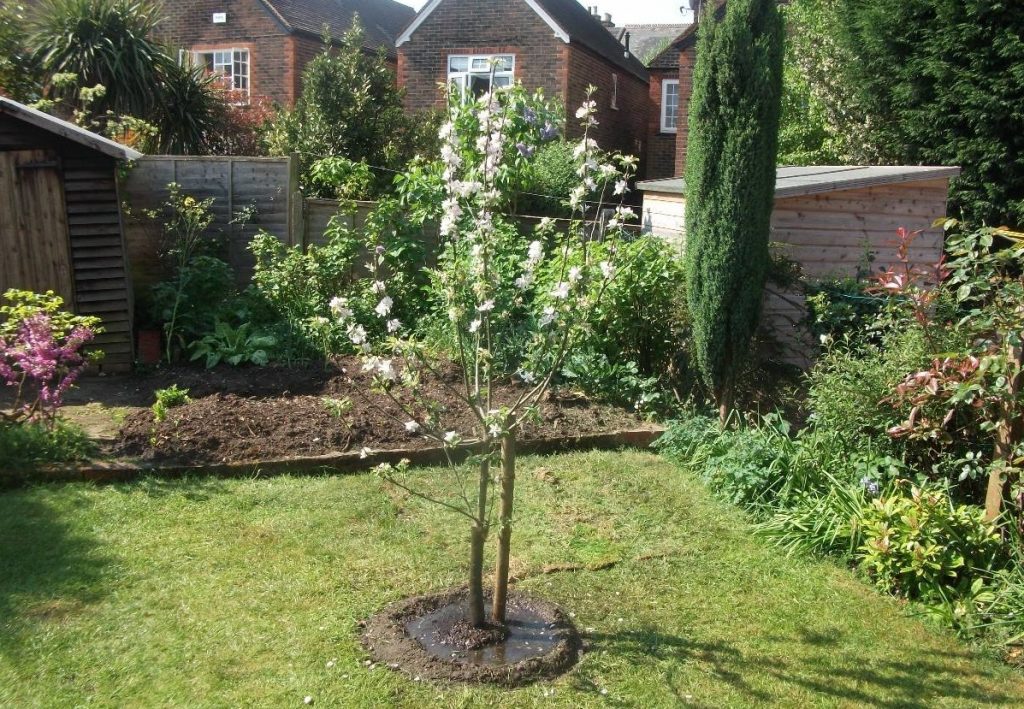
When choosing a place, it is better to give preference to an area where there are no obstacles to sunlight
The yield will be higher if the plot has fertile soil, the pH level of which is closer to the average (5.5-6). If the acidity of the soil is high, it is recommended to lime it before planting. You can also use dolomite flour, which is applied to the soil before loosening.
Planting a seedling should be done in early spring. This will give him time to settle down well and get stronger before wintering begins. It is worth starting to prepare a pit for planting a seedling no earlier than 1 month in advance. Its dimensions can be approximately 0.80-1 m. A fertile mixture is introduced into the pit, which consists of black soil, peat, superphosphate and wood ash, taken in equal quantities.
The distance between the pits on the site depends on the size of the crown. It should be such that mature trees do not overshadow each other. Otherwise, the yield will decrease. The optimal distance is considered to be from 2 to 4 m.
In the central part of the pit, a peg is driven in, which should protrude above the upper part of the pit to a height of 35 - 55 cm. The trunk of the seedling will be tied to it when it is planted. In this state, the pit should stand for a month. This is necessary for the soil to settle.
Immediately before planting, the root system of the seedling is placed in clean water for 2 - 3 hours. This will help it absorb moisture and gain strength.
The seedling is placed in the center of the planting hole, and its roots are gently straightened. The pit is filled with soil mixture, which is then compacted. Around the trunk you need to make a near-trunk ditch with an indent from the trunk by 35 - 60 cm. Through it the tree will be watered. After disembarking, up to 3 buckets of water are poured into the moat.
To retain moisture, the soil near the tree must be mulched. You can use hay or dry grass for this. The thickness of the mulch layer should be at least 5 cm. Secondly, the tree should be watered after about 7 to 10 days.
Further care
Apple tree care necessarily includes the formation of the crown of the tree. Apple pruning aims to increase its yield. Thinning the crown promotes better access of sunlight to the fruits during their growth and ripening. Pruning can be done both in fall and spring. Spring is performed before the buds on the branches open and the active movement of the juice begins. At this time, you need to remove the shoots damaged during the winter.
After the harvest is harvested, you need to carry out the autumn pruning. At this time, the weak side shoots are removed. This event is carried out in conjunction with autumn tree feeding and intensive watering before winter.
There are several types of trimming:
- Formative. The crown of the tree needs to start forming as early as 2 years after planting the seedling. This removes the thin branches that make the tree weak. Only strong and thick shoots are left. Thanks to this, it will be possible to increase the yield indicator. The crown of the tree is periodically thinned out, which improves the flow of light to the fruits.
- Normalizing. This type of pruning must be performed if a large number of fruit buds have formed on the tree, which weaken it and reduce yield.
- Sanitary. Carried out as needed. Dry and damaged branches are removed from the tree.
- Anti-aging. It consists in removing the branches on which old buds remain. As a result of the fact that annual increments are formed on them, the fruits that grow on them will have a small weight and size.
- Revitalizing. Branches are removed, the growth of which does not exceed 20 cm per season. This contributes to the development of young and strong shoots.
Apple tree The Good News also needs timely feeding. The first time an apple tree is fertilized for 2 years after planting, for 1 year of life the tree has enough nutrients introduced into the planting pit. For the first feeding, you can use carbamide or nitrate dissolved in water with wood ash. Before fertilizing, the soil near the trunk is loosened and all weeds are removed from it.
Despite the fact that apple trees of this variety have the ability to easily tolerate drought, in hot weather and before winter, abundant watering is needed. In this case, the depth of the groundwater must be taken into account. If they are located close to the soil surface, the frequency of watering should be reduced several times. Otherwise, the possibility of decay of the root system is not excluded. This can not only lower the yield, but also lead to the death of the tree.
Advantages and disadvantages of the variety
Gardeners include the pluses of this fruit variety:
- attractive appearance of apples;
- winter hardiness;
- decent fruit weight;
- their long shelf life;
- unpretentious care.
There are only two drawbacks: poor resistance to scab (although many types of apple trees suffer from this ailment) and the need for frequent pruning.
An apple tree of the Good News variety, when organizing the correct pruning, timely and sufficient watering, as well as high-quality feeding, is able to provide the gardener with juicy and tasty fruits until mid-spring. Yes, you have to tinker, but it's worth it!
